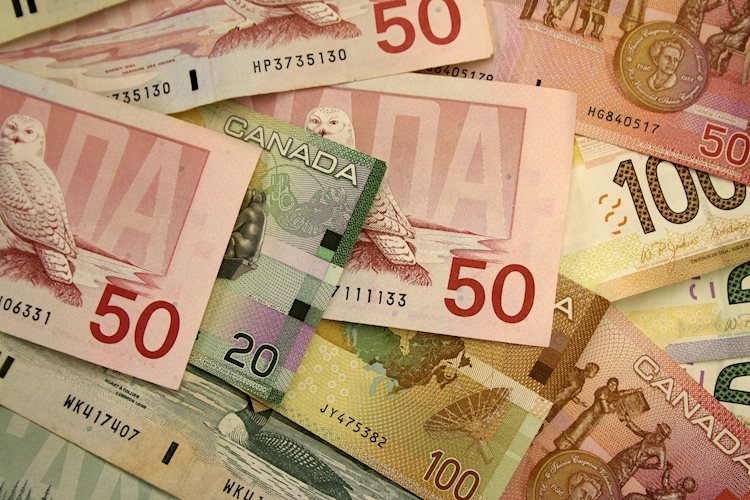The USD/CAD pair is currently trading near 1.3715 during Thursday’s Asian session, showing a stronger trend. The decline in crude oil prices has led to a decrease in the value of the commodity-linked Canadian Dollar (CAD), causing the USD/CAD pair to rise. Without any significant economic data from Canada, the pair is heavily influenced by the price dynamics of the US Dollar (USD). The highlight of the day will be the release of US Retail Sales data. The recent US Consumer Price Index (CPI) report showed a slight drop in inflation to 2.9% YoY in July from 3% in June, which was lower than expected. This has somewhat eased the speculation of a deeper rate cut from the Federal Reserve (Fed), with traders now pricing in a 41% possibility of a 50 basis points rate cut in September, down from 50% before the CPI data was released.
On the Canadian Dollar (CAD) front, analysts predict that the Bank of Canada (BoC) might cut interest rates further in the three remaining policy-setting meetings of 2024, starting from the September meeting. This potential move could have a negative impact on the CAD in the short term. Additionally, the lower prices of crude oil, of which Canada is the leading exporter to the United States, are likely to continue weighing on the CAD for the time being.
The value of the Canadian Dollar (CAD) is influenced by various factors such as the level of interest rates set by the Bank of Canada (BoC), the price of Oil, Canada’s main export, the country’s economic health, inflation, and the Trade Balance. Other factors include market sentiment, with risky assets being CAD-positive, and the influence of the US economy due to its status as Canada’s largest trading partner.
The Bank of Canada (BoC) plays a significant role in shaping the value of the Canadian Dollar by setting interest rates that impact the rates for borrowing across the country. The central bank’s objective is to maintain inflation within the range of 1-3% by adjusting interest rates accordingly, with higher interest rates benefiting the CAD. The BoC can also use quantitative easing or tightening to affect credit conditions, with the former being negative for the CAD and the latter being positive for the currency.
The price of Oil has a direct impact on the Canadian Dollar as petroleum is Canada’s primary export. An increase in Oil prices usually leads to a rise in the CAD value, as there is a higher demand for the currency. Conversely, a decrease in Oil prices can cause the CAD to weaken. Higher Oil prices also contribute to a positive Trade Balance, which further supports the CAD.
Inflation, contrary to traditional beliefs, can actually be a positive factor for a currency in modern times due to increased capital flows. Higher inflation rates prompt central banks to raise interest rates, attracting more foreign capital and boosting demand for the local currency, like the Canadian Dollar. Additionally, macroeconomic data releases such as GDP, PMIs, employment figures, and consumer sentiment can impact the CAD, with a strong economy generally benefiting the currency. Weak economic data, on the other hand, is likely to lead to a depreciation of the Canadian Dollar.











